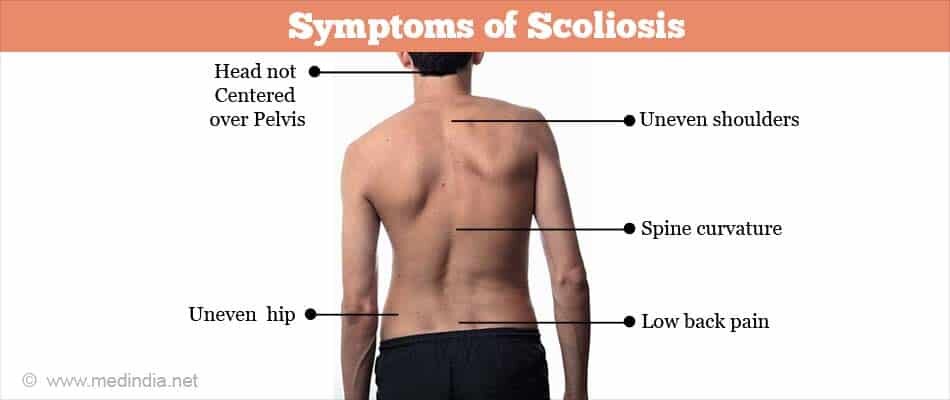Scoliosis and Schroth Scoliosis Physical Therapy
Scoliosis is the side bending of the spine. The actual bending is away from the natural curvatures of the spine. It can occur from our actual genetic makeup or they can develop over time due to an injury or postural habits.
Scoliosis is a diagnosis that affects more females than males and is most progressive in the teenage years as we move into puberty. It is at this point in time when it is most beneficial to begin scoliosis specific exercises to help decrease the progression of a curvature(s). Scoliosis specific exercises like Schroth Scoliosis Physical Therapy are the most effective type of exercise, in combination with bracing as necessary, to prevent scoliosis progression.
Although scoliosis can be considered as under control, and not a surgical candidate, it can progress again as we reach our adulthood. We have found the combination of poor postural habits and a history of scoliosis does lead to an increase in angle of scoliosis and/or pain. Pain is not always felt in patients with scoliosis. These second phase of changes can be treated in the adult population with Schroth techniques. This second phase is mentioned in a first hand perspective the New York Times “Hope For The S-Shaped Back.”
Although Boston brace has been widely used for scoliosis teens for decades we have found the Rigo Cheneau Brace to be the more common with our Schroth Scoliosis children. The Rigo Cheneau and Boston brace are the most commonly used braces. Both the German and Barcelona schools of Schroth Physical Therapy recommend the use of the Rigo Chenaeau brace over all others. However; every doctor has their own opinion and teens and family are recommended to discuss all options with their doctors. Other braces found the in use today are the Milwaukee Brace and the Scolismart Brace.
Schroth exercises are positions and movements that are designed specifically for each individuals curvature. Here at Brill PT Each visit is one-on-one with the Schroth Scoliosis certified therapist. Initial evaluations and treatments will cover how to sit, stand, and sleep in the correct positions for curvatures. Follow-Up visits will go over Schroth breathing exercises and positions to improve patient awareness to sustain postures away from their current poor posture habits. Each scoliosis patient also receives supplementary strength, stabilization and hands on mobilization treatments. We understand no two spines are the same and the weaknesses that develop from them can vary.
Click here for more information about “What To Expect at A Scoliosis Evaluation?”
For more information on Schroth Physical Therapy for Scoliosis contact us at 212.333.7224 or reception@brillpt.com.
Learn more about Scoliosis from our YouTube channel:
We highly recommend a book by Dr. Michael Vitale,MD and Amber Mizerik, PA-C. as a reference for Scoliosis. It is by far our number one book for clients and their families to learn about scoliosis, non-surgical treatments, braces, surgical intervention and what to expect after surgery.


